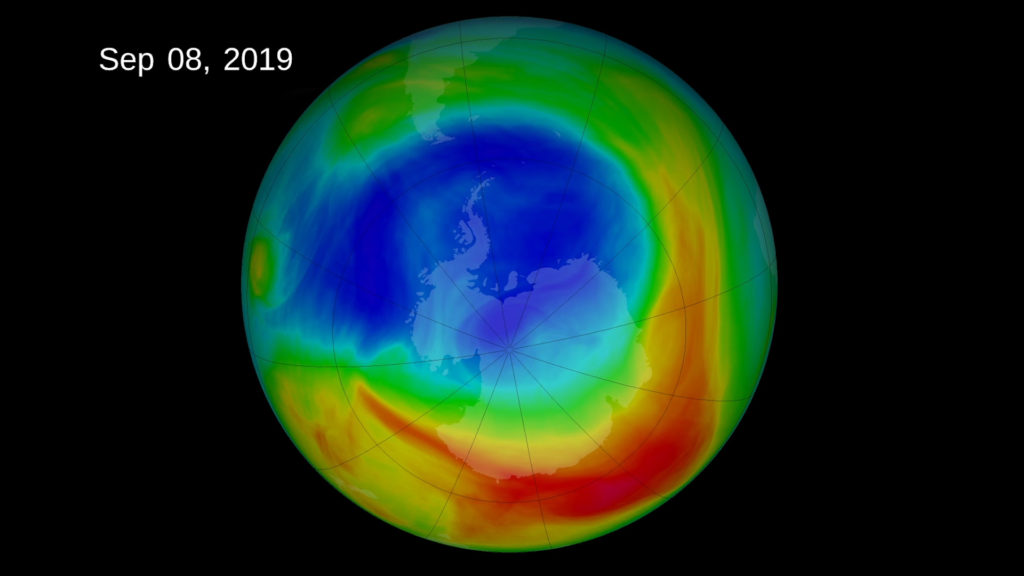
Researchers have warned that substances used to replace ozone-depleting chlorofluorocarbons (CFCs) may be just as problematic as their predecessors.
- An ice core drilled on the summit of Devon Ice Cap in the Canadian high Arctic shows a tenfold increase in short-chain perfluorocarboxylic acid (scPFCA) deposition between 1986 and 2014, perceived as ozone replacements.
- scPFCAs form through atmospheric oxidation of several industrial chemicals, some of which are CFC replacement compounds.
- scPFCAs are highly mobile persistent organic pollutants.
- The compounds being detected in the Arctic are in the same class as perfluoroalkyl substances, or PFAS, sometimes called the “forever chemicals” because they do not break down.
Source: Science Alert and BBC

